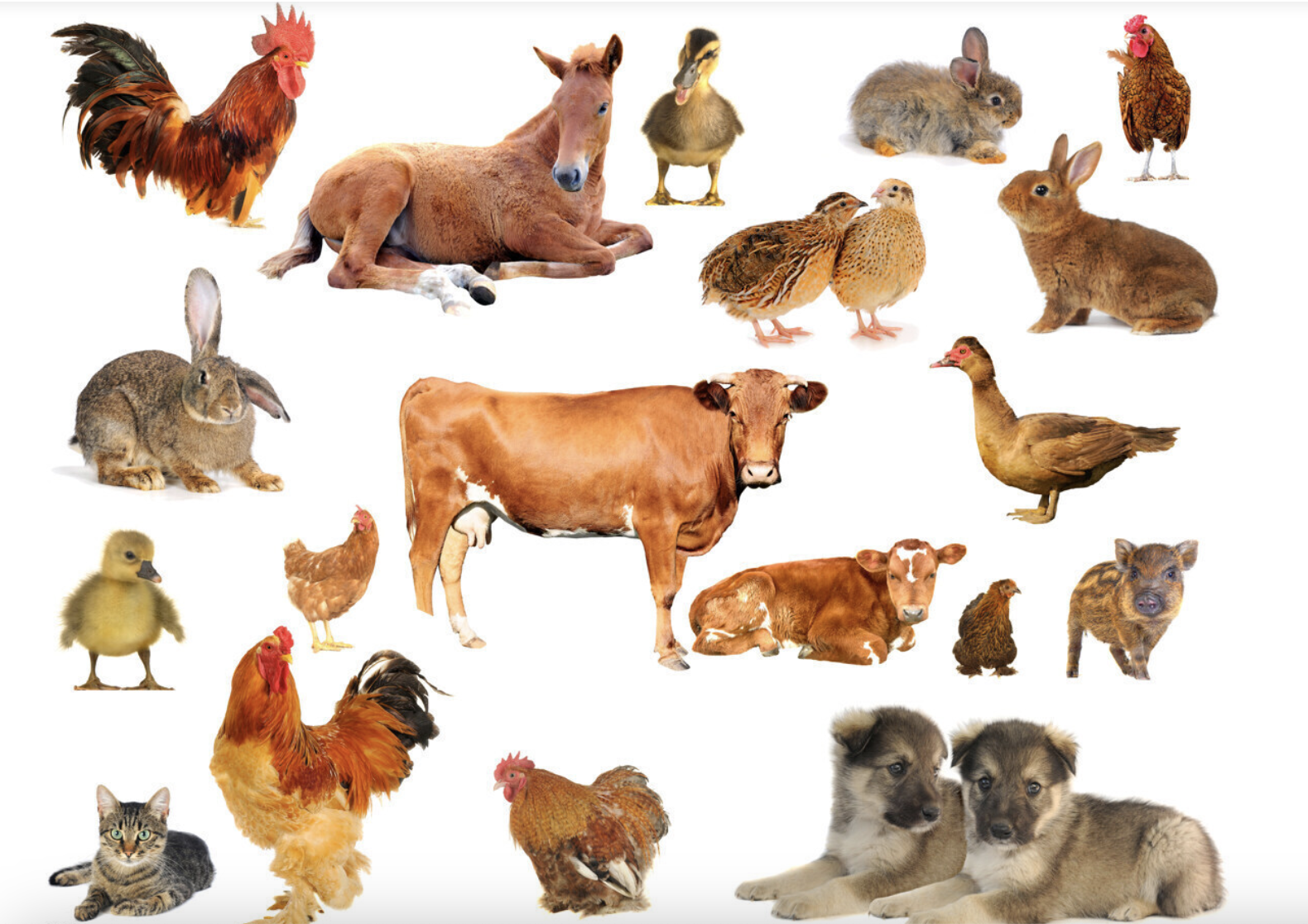Corn, also known as maize, is one of the most widely produced crops in the world. It plays a crucial role not just as a food source for humans, but also as a primary ingredient in animal feed. But just how much of the corn produced goes to feeding animals? Let’s explore the statistics and understand the significance of corn in animal agriculture.

Corn is a versatile crop with many uses. It can be processed into various products, including:
Food for humans: Corn is used to make cornmeal, tortillas, popcorn, and syrup.
Biofuel: Corn is a major source for producing ethanol, a renewable fuel.
Animal feed: A significant portion of corn is used to feed livestock, poultry, and fish.
In the United States, which is the largest producer of corn globally, a substantial percentage of the corn harvested is used for animal feed. According to the U.S. Department of Agriculture (USDA):
Approximately 60% to 65% of the total corn production goes directly into animal feed.
The remaining percentage is divided between food products for human consumption, industrial uses, and exports.
Animal feed made from corn primarily supports various livestock categories, including:
Cattle: Both beef and dairy cattle rely heavily on corn-based feed. Corn is an energy-dense feed that helps cattle gain weight and produce milk efficiently.
Poultry: Chickens, turkeys, and other birds consume large amounts of corn, which provides essential nutrients for growth and egg production.
Swine: Pigs also benefit from corn in their diets, as it is a primary source of energy.
Aquaculture: Corn is used in fish feed, contributing to the diets of farmed fish and seafood.
Several factors contribute to the widespread use of corn as animal feed:
High Energy Content: Corn is rich in carbohydrates, making it an excellent energy source for livestock.
Cost-Effective: Compared to other feed grains, corn is often more affordable, which helps farmers manage their costs.
Nutritional Value: Corn provides essential nutrients that support growth and production in animals.
The heavy reliance on corn for animal feed has significant implications:
Land Use: A large portion of agricultural land is dedicated to corn production, which can impact biodiversity and land use practices.
Water Usage: Corn farming requires substantial water resources, raising concerns about sustainability in regions with limited water supply.
Fertilizers and Pesticides: The intensive cultivation of corn can lead to increased use of fertilizers and pesticides, potentially affecting soil health and water quality.
In summary, about 60% to 65% of corn produced in the U.S. is utilized as animal feed, highlighting its vital role in agriculture. This usage not only supports livestock and poultry production but also contributes to the overall efficiency of the food supply chain. Understanding the percentage of corn dedicated to animal feed can help consumers make informed choices about food production and sustainability in agriculture.
animal tags: Animal-Feed
We created this article in conjunction with AI technology, then made sure it was fact-checked and edited by a Animals Top editor.